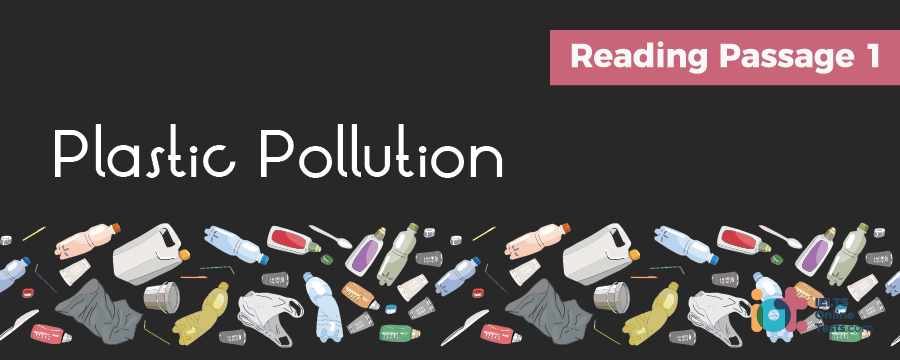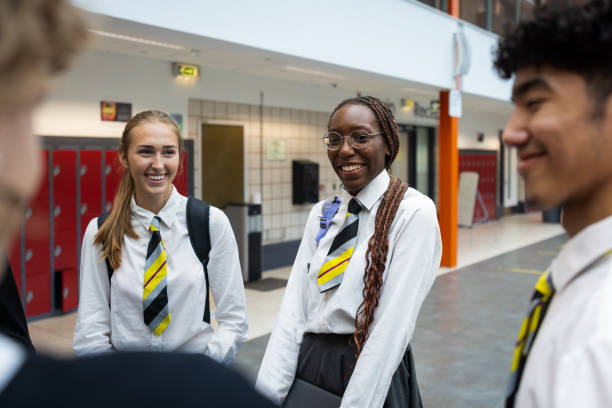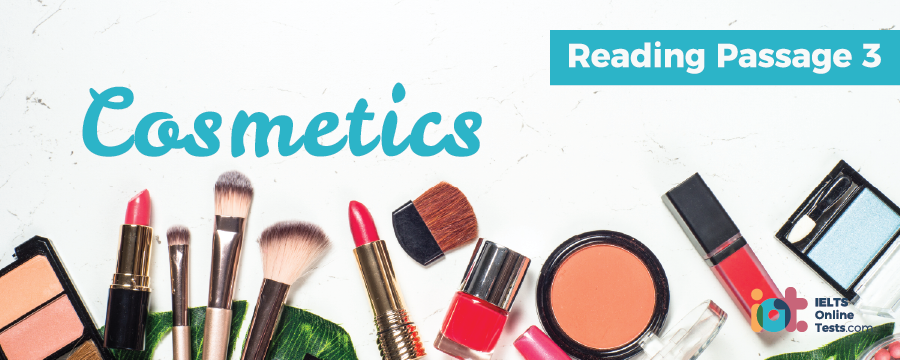
Prepare for IELTS General Training Volume 1
- Published on: 06 Feb 2021
- Tests taken: 1,038,612
Answer Keys:
Part 1: Question 1 - 14
- 1 C
- 2 C
- 3 B
- 4 B
- 5 B
- 6 D
- 7 appearance/texture
- 8 (more) resilient
- 9 B
- 10 A
- 11 E
- 12 B
- 13 A
- 14 C
- 1 C
- 2 C
- 3 B
- 4 B
- 5 B
- 6 D
- 7 appearance/texture
- 8 (more) resilient
- 9 B
- 10 A
- 11 E
- 12 B
- 13 A
- 14 C
Part 2: Question 15 - 28
- 15 iv
- 16 vi
- 17 vii
- 18 i
- 19 ii
- 20 ix
- 21 iii
- 22 effective/appropriate
- 23 a new approach
- 24 C
- 25 B
- 26 E
- 27 D
- 28 A
- 15 iv
- 16 vi
- 17 vii
- 18 i
- 19 ii
- 20 ix
- 21 iii
- 22 effective/appropriate
- 23 a new approach
- 24 C
- 25 B
- 26 E
- 27 D
- 28 A
Part 3: Question 29 - 40
- 29 B
- 30 D
- 31 C
- 32 A
- 33 E
- 34 F
- 35 H
- 36 integral
- 37 self-expression
- 38 social divide
- 39 frowned upon
- 40 advent of
- 29 B
- 30 D
- 31 C
- 32 A
- 33 E
- 34 F
- 35 H
- 36 integral
- 37 self-expression
- 38 social divide
- 39 frowned upon
- 40 advent of
Leaderboard:
| # | User | Score | Time | |
|---|---|---|---|---|
| Crystal Fidel |  | 9.0 | 15:43 | |
| Inderjit Singh |  | 9.0 | 16:24 | |
| SWARUPA D |  | 9.0 | 16:28 | |
| 4 | Oluwamayowa Oshikoya |  | 9.0 | 16:34 |
| 5 | Lady Álvarez |  | 9.0 | 16:36 |
| 6 | Bryan Monton |  | 9.0 | 17:12 |
| 7 | diego escareno moctezuma |  | 9.0 | 17:33 |
| 8 | Angelo Endrinal |  | 9.0 | 17:41 |
| 9 | tata remedio |  | 9.0 | 17:56 |
| 10 | Kiệt Trần |  | 9.0 | 18:34 |
Review & Explanations:
Questions 1-5
Write the correct letter, A, B, C or D, in boxes 1-5 on your answer sheet.
Question 6
Write the correct letter, A, B, C or D, in box 6 on your answer sheet.
Questions 7-8
Complete the following sentences using words from the text.
Choose NO MORE THAN THREE WORDS for each sentence.
The very 7 of Gonzalez’s water bottle makes it unappealing to consume.
Gonzalez’s bottles need to be 8 to withstand handling and transportation.
- 7 Answer: appearance/texture
- 8 Answer: (more) resilient
Questions 9-14
Match each question with the appropriate tour, A, B, C, D or E, as described in the texts.
Which tour:
9 has restricted places?
10 caters for qualified experts as well as amateur enthusiasts?
11 has the least restrictive itinerary?
12 operates only in good weather?
13 offers no price reduction for children?
14 promises to be the most informative?
- 9 Answer: B
- 10 Answer: A
- 11 Answer: E
- 12 Answer: B
- 13 Answer: A
- 14 Answer: C
Reading passage 1

Read the text below and answer Questions 1-8.
If you want to be healthy and save the environment at the same time, then the edible water bottle is probably right up your street! A creation of design student Rodrigo Garcia Gonzalez, this ingenious container could be the answer to plastic pollution. Whilst Gonzalez may have had trouble previously convincing a sceptical public as to the merits of his remote-controlled 'Hop!' suitcase in 2014, this time he may actually be onto a winner.
The need for such an invention is quite patent. Discarded plastic bottles make up an alarming statistic: there are 46,000 pieces of floating plastic originating from plastic bottles for every square mile of the ocean. Add to that the 1.5 million tonnes of crude oil required annually to manufacture enough bottles to provide the 50 billion plastic bottles supplied annually to the US, and it's clear that something needs to be done.
Whilst environmentalists may be pinning their hopes on Gonzalez's invention to reduce plastic pollution, the prototype edible plastic bottle, christened 'Ooho/ is however very much in its early stages. For a start, the 'bottle' itself is more reminiscent of a beach-stranded jellyfish in appearance than a conventional water bottle. Translucent and squishy in texture, it would probably take a very committed environmentalist to be able to actually consume the bottle when it's empty. Ooho's inventor does however claim in its favour that the taste is at least palatable even if the flavour is somewhat nondescript.
Gastronomic failings apart, Ooho bottles also present challenges for storage and hygiene. With regard to the former problem, the bottles are somewhat flimsy in construction. Gonzalez, however, is currently working on a fortified bottle with a double membrane construction but has yet to produce a bottle that is more resilient than the skin found in fruit. As for the latter problem of hygiene, well, would you like to consume a casing that has been manhandled throughout manufacture, transportation and again by countless consumers when placed on the shelves in supermarkets? A solution would be to encase the bottles of course in a hermetically sealed outer covering; but to encase them in a plastic casing defeats the whole point of the object of reducing plastic pollution. So it's back to the drawing board as regards the finer points of retailing the bottles.
Gonzalez, though, is not to be deterred by the finer points of construction weaknesses and hygiene issues. Currently he has secured a creative commons licence for his project, which means that his Ooho bottle will soon be available for sale online. Hopefully all teething problems to date will have resolved themselves by the time online sales go ahead. In the meantime, those who are truly conservation-minded would do best to just recycle and refill old water bottles with filtered water. This is surely a simpler and more effective solution to plastic pollution than any manufacturer or designer could come up with.





